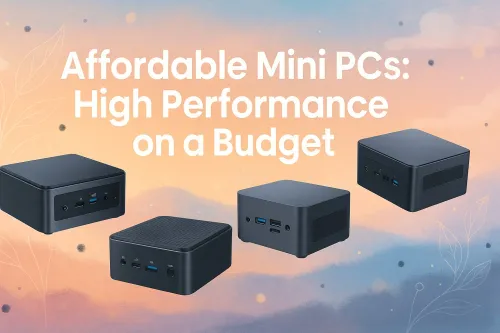
Powerful Mini PCs On A Budget
Affordable mini PCs ⚡ that punch above their weight. 💻 Unbeatable performance for streaming, gaming, and workstations. Read the full breakdown →
Unlock the secrets of handheld gaming PC performance! We dive deep into the science of APUs, TDP, RAM, and cooling systems that power devices like the Steam Deck and ROG Ally. Understand what truly drives your portable powerhouse. 🎮 Ready to become an expert? 🚀
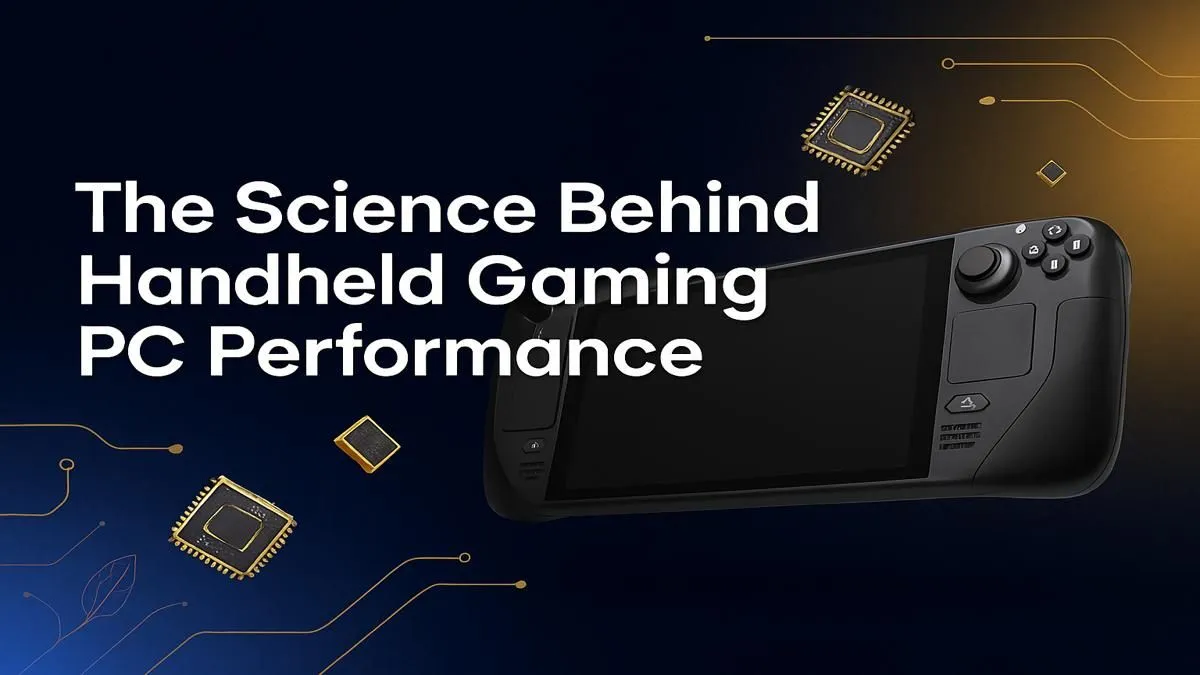
Ever stared at a Steam Deck or ROG Ally running a demanding AAA title and thought... how? In a country where our power grid is less reliable than a squad-fill teammate, the dream of high-end, portable gaming is more appealing than ever. The secret to handheld gaming PC performance isn't magic. It's a brilliant symphony of custom-built silicon, clever software, and thermal engineering, all packed into a device that fits in your backpack. Let's dive in. 🚀
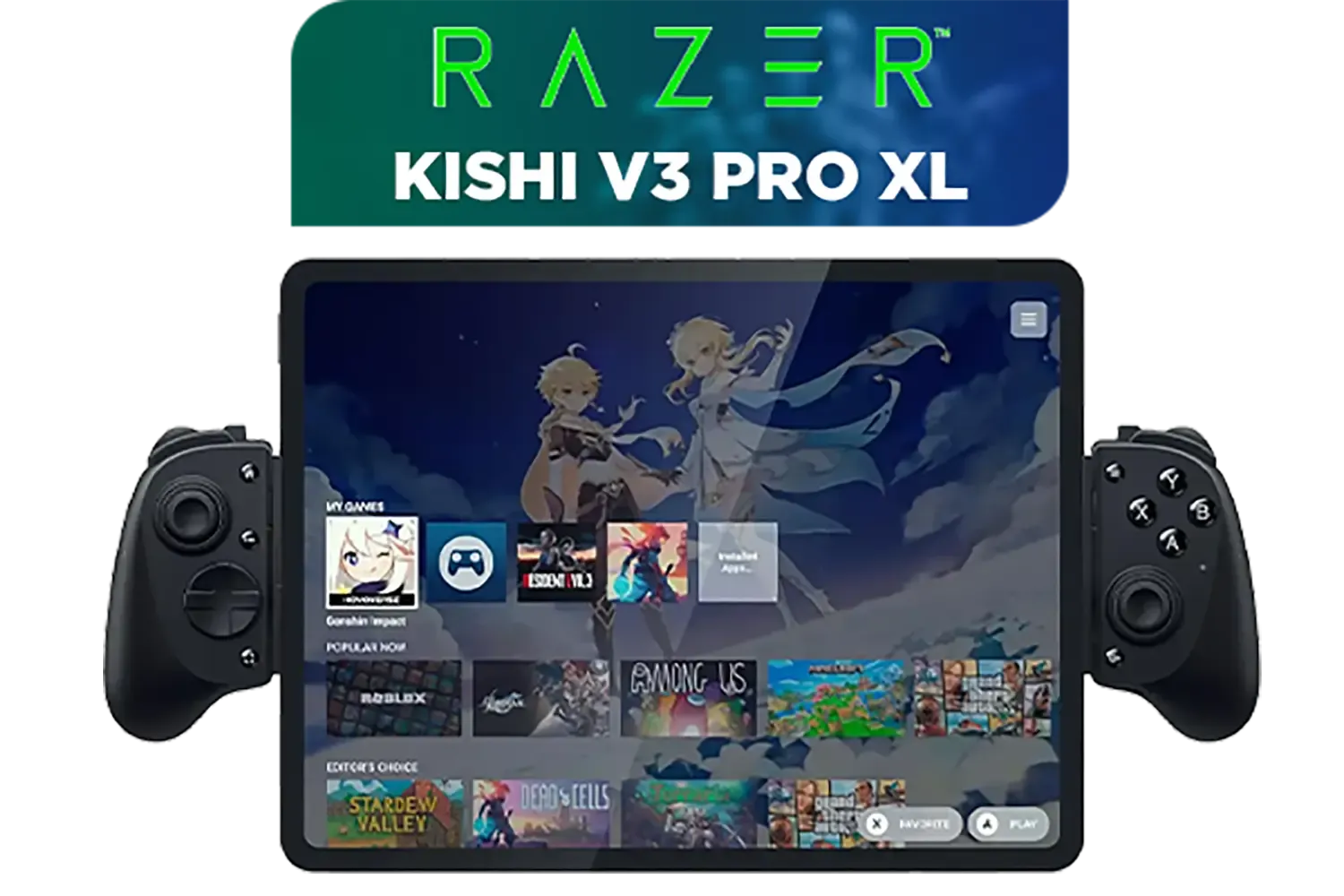
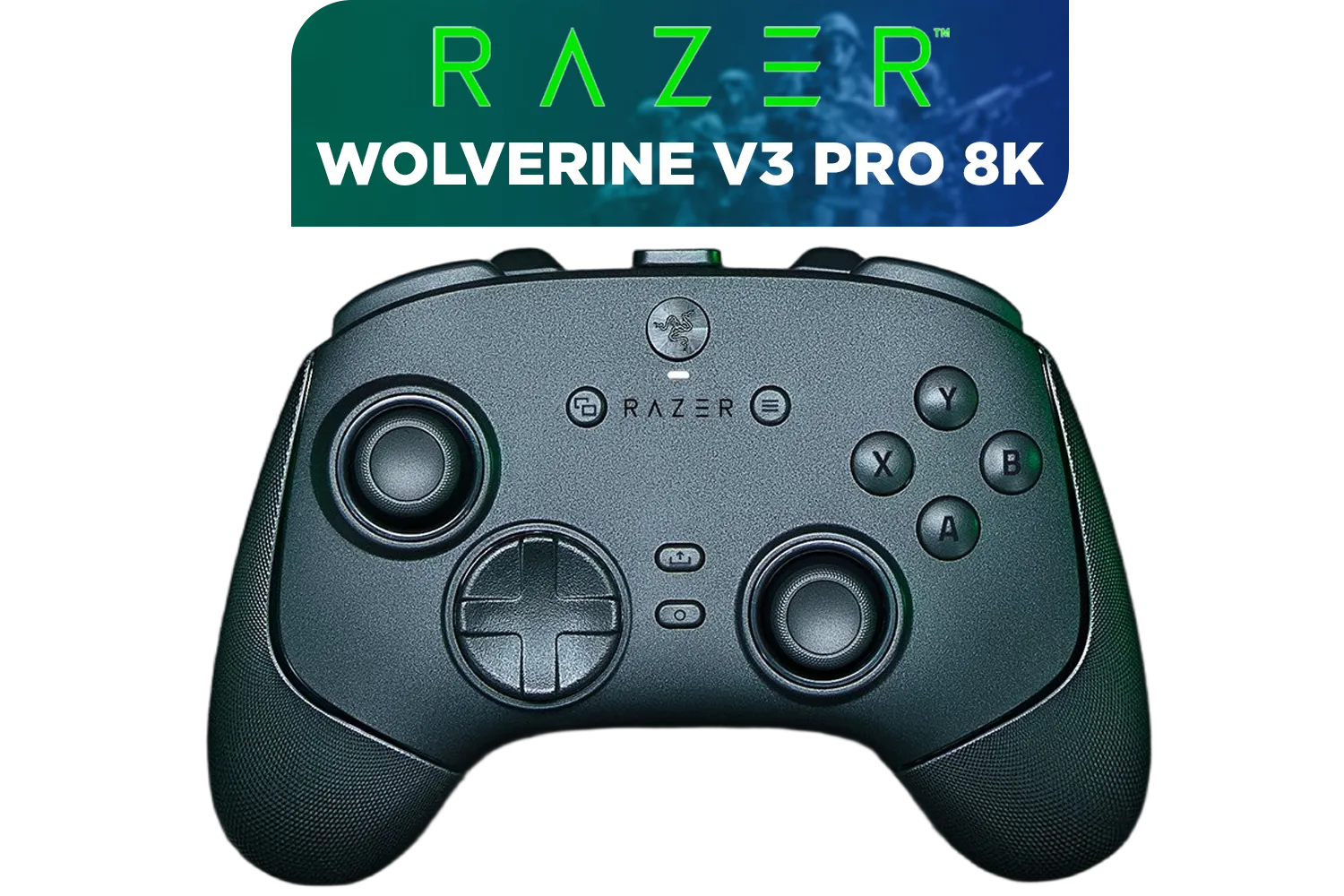


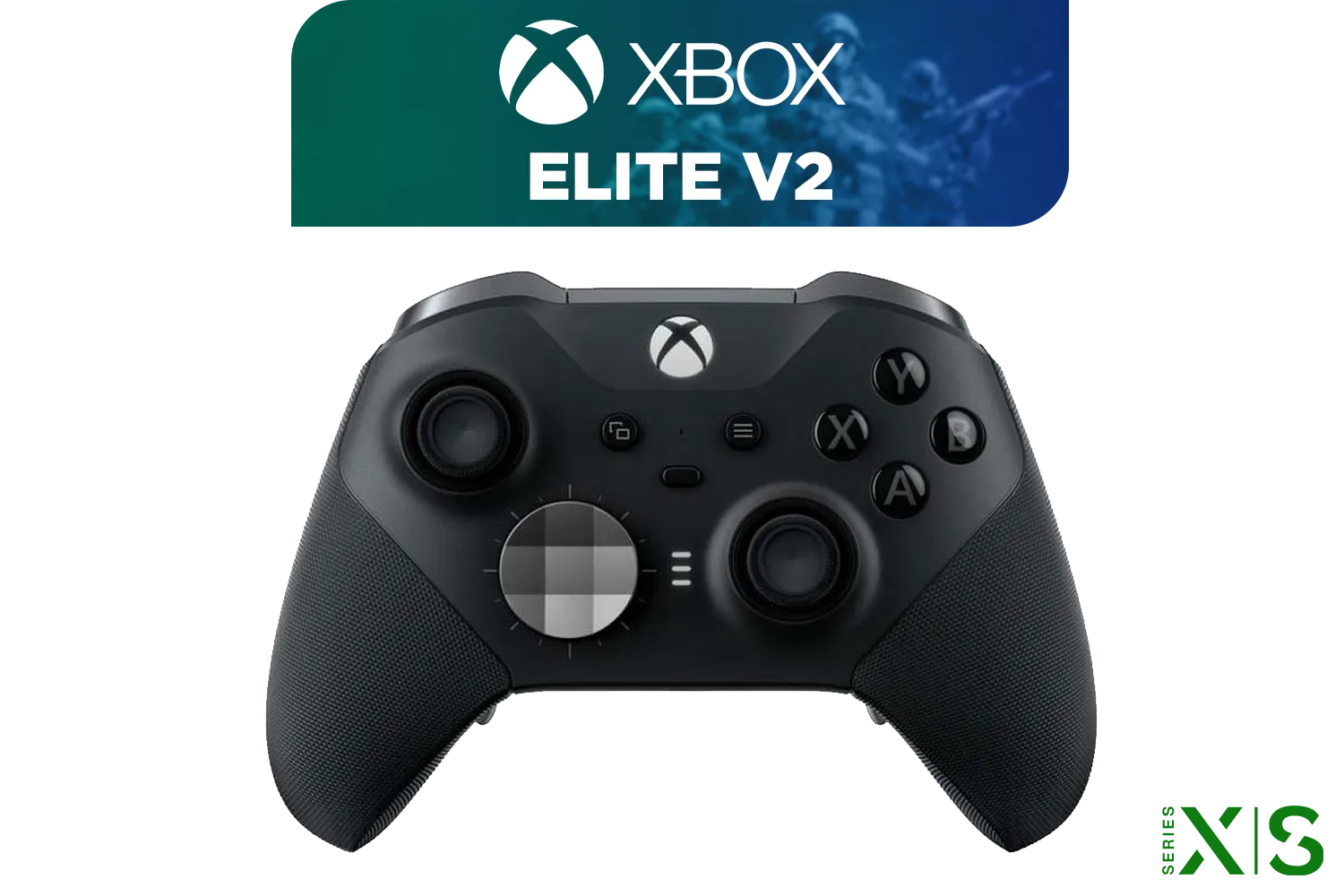

At the core of any modern handheld gaming PC is the APU, or Accelerated Processing Unit. Think of it as a CPU and a GPU fused together on a single, hyper-efficient chip. This design is crucial for two reasons: it saves precious physical space and sips power compared to separate components, which is vital for battery life.
Companies like AMD have cornered this market with their Zen CPU cores (for raw processing power) and RDNA graphics architecture (for rendering those beautiful game worlds). The performance of handheld gaming PCs hinges on this tiny powerhouse, which is specifically designed to deliver a smooth experience at resolutions like 720p or 1080p without melting in your hands.
An APU is only as good as the components that feed it data. Because the CPU and GPU cores share the same chip, they also share the same pool of system memory (RAM). This makes RAM speed critically important. Modern handhelds use high-speed LPDDR5 RAM, which provides the massive bandwidth needed for the graphics cores to access textures and game assets instantly.
Just as important is storage. Long loading screens can ruin a portable gaming session. To ensure games load in a snap and the system feels responsive, a lightning-fast NVMe SSD is non-negotiable. The difference between running a game from an old-school hard drive versus a modern solid-state drive is night and day, and it's a cornerstone of modern handheld gaming PC performance.
Here’s where the real science comes in. Every APU has a configurable TDP, or Thermal Design Power. In simple terms, this is the maximum amount of heat the chip is allowed to generate, which directly correlates to its power consumption and performance.






Want to push for the highest frame rate in Baldur's Gate 3? You can set the TDP higher. Need to stretch your battery to survive a long bout of load shedding? You can lower the TDP. This user-adjustable balance is a key feature that allows you to tailor the device's performance to your exact needs. Of course, managing that power requires a robust cooling system with fans and heat pipes to prevent throttling. Understanding these tech essentials empowers you to get the most out of your hardware.
Most handhelds have screens smaller than 10 inches, making technologies like AMD's FidelityFX Super Resolution (FSR) or Intel's XeSS incredibly effective. In a game's settings, try setting FSR to "Performance" or "Balanced." The game will render at a lower internal resolution and then intelligently upscale it, giving you a massive performance boost with minimal visual impact on the small screen.
While the internal components define the raw power, the overall experience is shaped by everything else. A vibrant, colour-accurate screen makes game worlds pop. Responsive, comfortable controls are essential for long play sessions. And let's not forget audio... the built-in speakers are often just okay, but pairing your device with a great gaming headset can transport you right into the action.



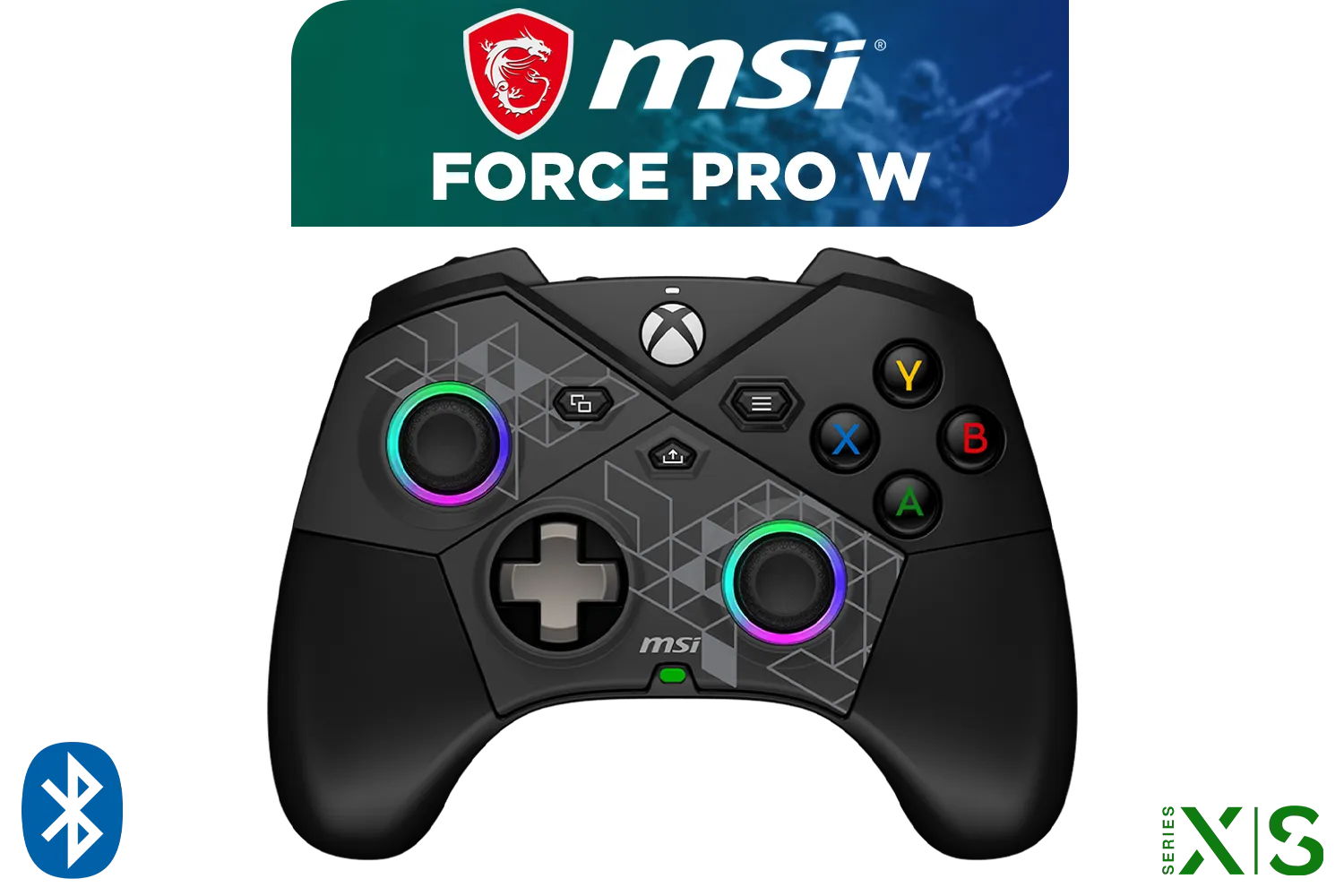
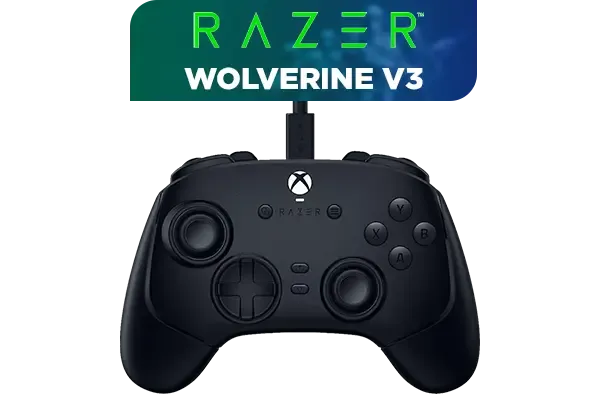

The true versatility of these devices is unlocked with the right peripherals. With a USB-C dock, you can connect your handheld to a monitor and a full suite of gaming accessories, transforming it from a portable gadget into a proper desktop gaming rig.
Ultimately, great handheld gaming PC performance is about the smart integration of all these parts. It’s the powerful APU, fed by fast RAM and storage, all managed by sophisticated power and thermal controls, that delivers an experience we could only dream of a few years ago.
Ready to Find Your Perfect Match? The principles of performance apply everywhere... from handhelds to high-end laptops. For maximum power, choice, and value in South Africa, a powerful gaming laptop is hard to beat. Explore our massive range of laptop specials and find the perfect machine to conquer your world.
The APU (Accelerated Processing Unit) is crucial, as it combines the CPU and GPU. Its architecture, clock speed, and core count directly dictate gaming frame rates and responsiveness.
TDP (Thermal Design Power) limits the power and heat an APU can use. A higher TDP allows for better performance but consumes more battery and requires more effective cooling.
Yes, 16GB is the current sweet spot for most handheld gaming PCs. It provides enough memory for modern games and system operations without creating a significant performance bottleneck.
Absolutely. A higher resolution like 1080p demands more GPU power than 800p, resulting in lower frame rates. Balancing resolution and detail settings is key on these devices.
You can optimize performance by adjusting in-game settings, updating graphics drivers, managing the device's TDP profile, and ensuring the cooling system is clean and unobstructed.
Efficient handheld gaming pc cooling systems prevent the APU from thermal throttling. When a chip gets too hot, it reduces its speed, causing major performance drops and stuttering.